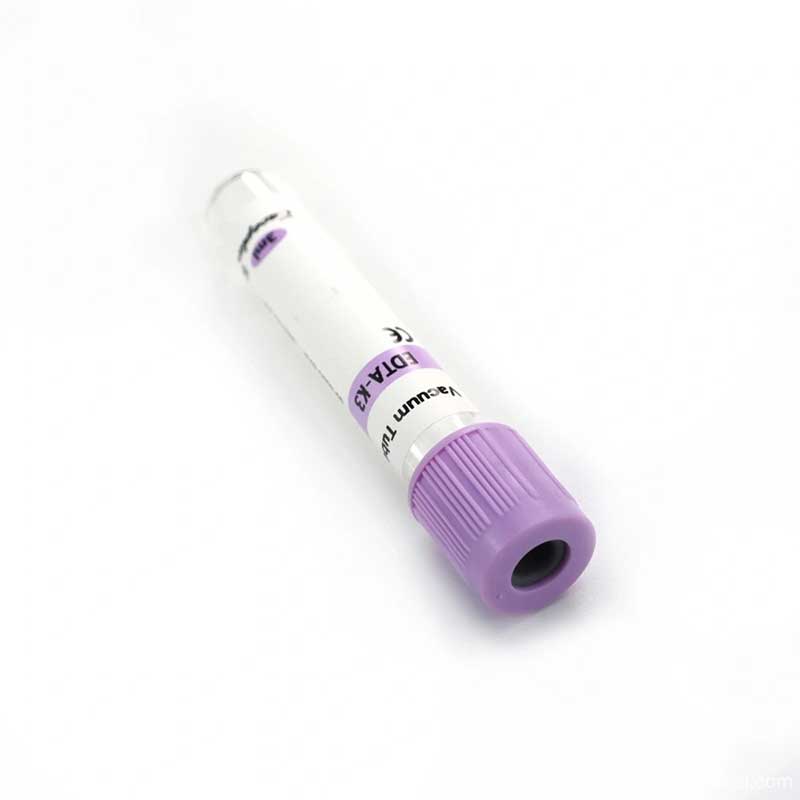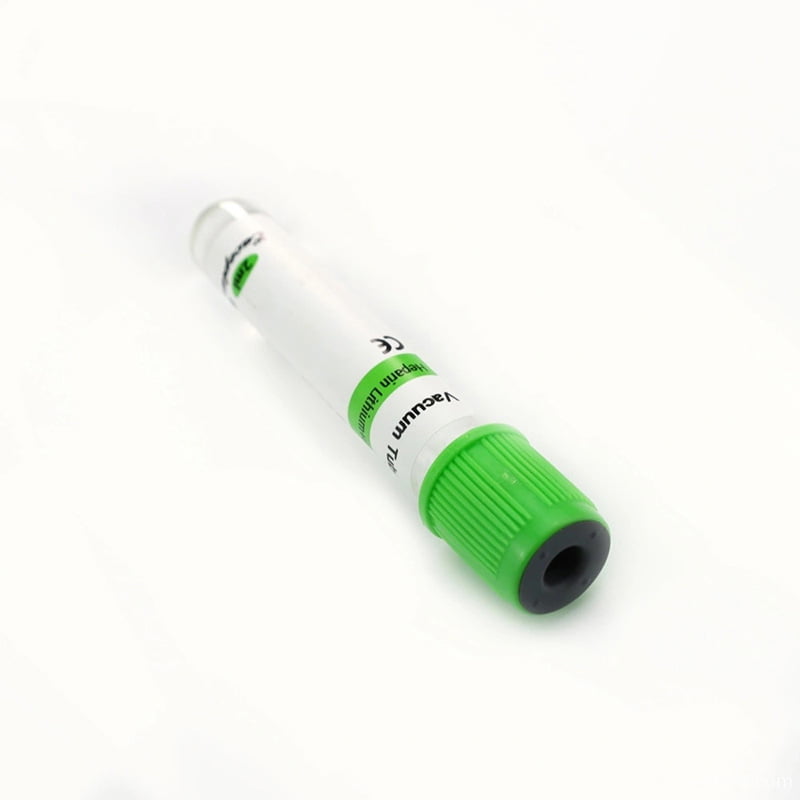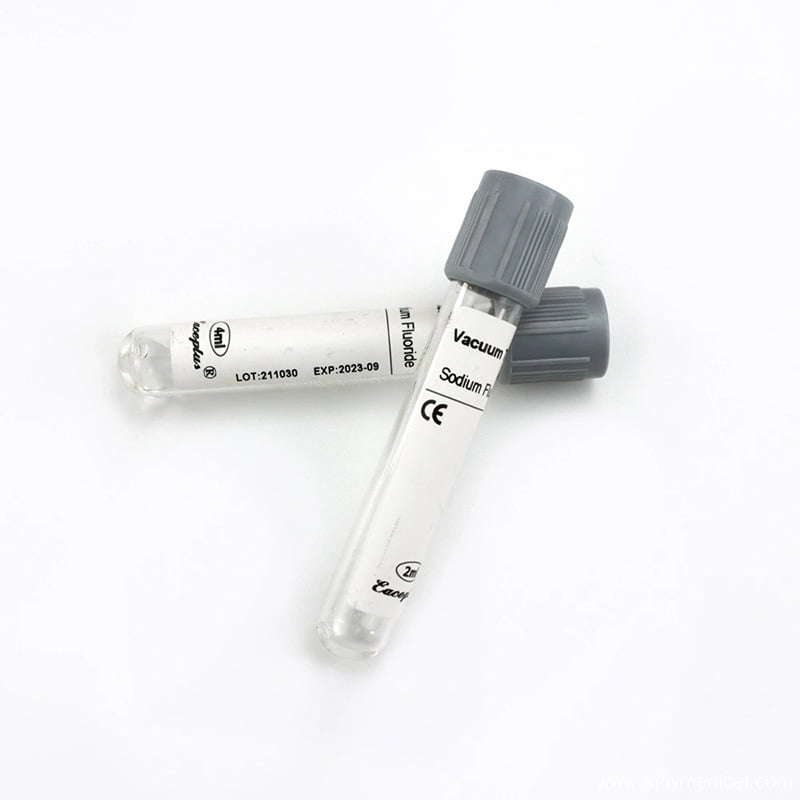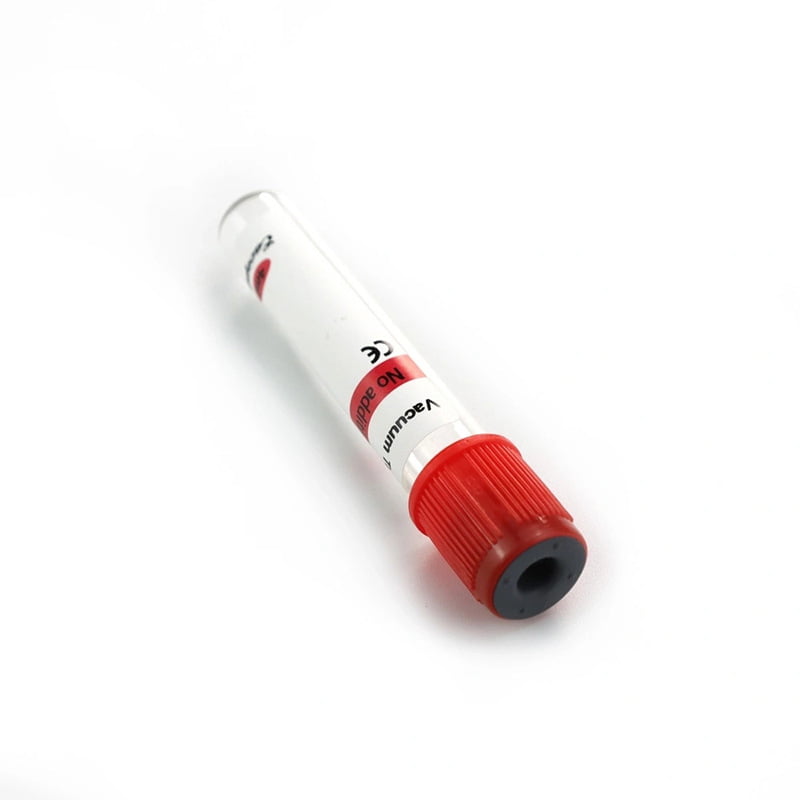Platelet-rich plasma (PRP) therapy is a growing medical trend, especially in treating musculoskeletal injuries. PRP therapy involves:
- Taking a patient’s blood.
- Separating it into its different components.
- Injecting platelet-rich plasma into the affected area to promote healing.
The blood collection tubes used to draw blood are one of the essential components of this process. PRP blood collection tubes with different additives.
Table of Contents
- 1 What are PRP tubes?
- 2 Which blood collection tube should you choose?
- 3 The main applications of ACD+Gel+HA PRP include:
- 4 Clot Activator Tubes
- 5 Greiner Bio-One Vacuette Tubes
- 6 Monovette Serum Tubes
- 7 PRF tubes are mainly used to promote wound healing and bone tissue regeneration.
- 8 FAQ:
- 9 Final Thoughts
What are PRP tubes?
Medical professionals use PRP tubes to isolate platelets while eliminating unwanted components such as red and inflammatory white blood cells. The extraction of very pure autologous plasma with therapeutic qualities is made possible by PRP tubes. Autologous plasma with potent therapeutic effects can be obtained by separating the supernatant plasma from the cellular components using a thixotropic gel in PRP tubes.
Which blood collection tube should you choose?
ACD+Gel PRP is a treatment used to heal and promote tissue repair. ACD is a substance that inhibits blood coagulation, and gel can better separate blood cells and plasma.
The main uses of the ACD+Gel PRP Tube include:

3. Promote hair regeneration: ACD+Gel PRP can promote hair regeneration and growth by stimulating the proliferation of hair follicle cells and promoting blood circulation. It is also used to treat hair loss and thinning hair.
ACD+Gel+HA PRP is used to treat and improve the quality and appearance of the skin. PRP is an abbreviation for platelet-rich Rich Plasma, ACD stands for Anticoagulant, Gel is Gel, and HA is an abbreviation for Hyaluronic Acid
The main applications of ACD+Gel+HA PRP include:

The ACD+GEL+Biotin PRP Tube is used for hair loss treatment; the growth factors in PRP can stimulate the growth and regeneration of hair follicles, promote hair growth, and reduce hair loss problems.
Clot Activator Tubes
This Clot Activator Coagulant Tube is essential for any laboratory or medical facility. It’s an easy-to-use device that helps to identify the presence of coagulation factors in blood samples quickly. The tube is designed to measure the clotting time of a blood sample quickly and accurately. It features a special anticoagulant coating that helps to prevent clots from forming too quickly.
Siny Clot Activator Tubes are another popular option for blood collection in PRP therapy. These tubes contain a clot activator, which promotes the rapid clotting of blood, making it easier to extract serum. The serum is then separated from the blood cells during centrifugation, allowing for a more concentrated sample of platelets. The Terumo tube is also an easy-to-use option, making it a favorite among medical professionals.
Greiner Bio-One Vacuette Tubes

Greiner Bio-One Vacuette Tubes are another excellent option for PRP blood collection. These tubes contain a clotting activator that promotes the rapid clotting of blood, making it easier to extract serum. The serum is then separated from the blood cells during centrifugation, allowing for a more concentrated sample of platelets. The Greiner Bio-One tube is also user-friendly, making it a popular choice for medical professionals.
Monovette Serum Tubes

Monovette serum Tubes are an excellent choice for PRP therapy due to their high yield of serum. These tubes contain a clot activator that promotes rapid clotting and serum separation during centrifugation, providing a more concentrated sample of platelets. Medical professionals also prefer tubes because of their ease of use and accurate sample collection.
PRF tubes are mainly used to promote wound healing and bone tissue regeneration.
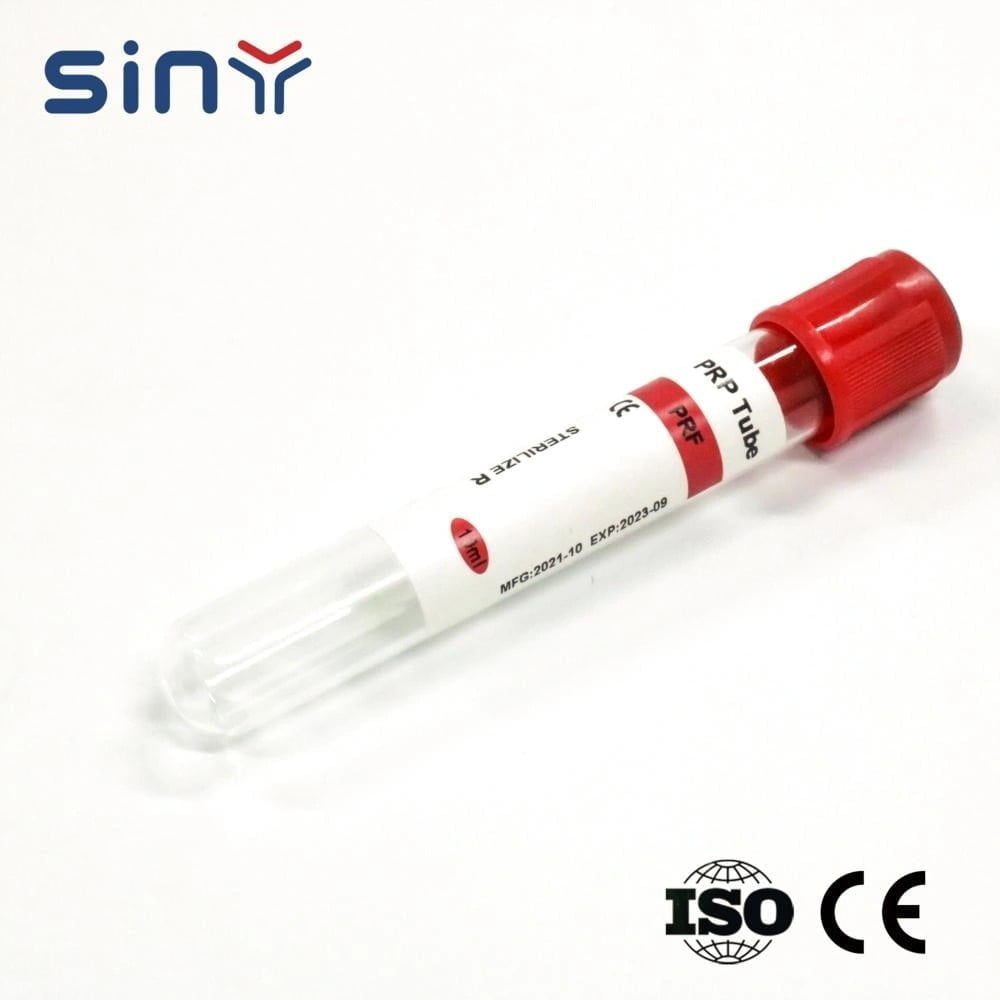
The preparation process for PRF tubes is straightforward. First, the doctor draws a certain amount of blood from the patient’s vein. Then, the blood is put into special centrifuge tubes and centrifuged. The centrifugation process separates the blood into layers, with serum at the top, fibrin-rich clots in the middle, and red blood cells at the bottom.
FAQ:
What tubes are used for PRP?
Several tubes are used for PRP, including Vacutainer SST Tubes, Siny Clot Activator Tubes, Greiner Bio-One Vacuette Tubes, and Monovette Serum Tubes. These tubes contain clotting activators or gels that promote rapid clotting and serum separation during centrifugation, resulting in a more concentrated sample of platelets.
What color lab tube is for PRP?
The color of the tube used for PRP may vary depending on the type and brand of the tube. Sinymedical Vacutainer SST Tubes are typically red and grey, while Terumo Clot Activator Tubes are red and black. Greiner Bio-One Vacuette Tubes are gold, and Monovette Serum Tubes are red.
Can we use EDTA for PRP?
EDTA is not typically used for PRP. EDTA is an anticoagulant that prevents blood from clotting, which is the opposite of what PRP therapy needs. Tubes with clotting activators or gels are preferred for PRP collection.
What is the best tube for PRF?
PRF (platelet-rich fibrin) requires a tube type different from PRP. A typical tube used for PRF is the IntraSpin System, which contains sodium citrate as an anticoagulant. The sodium citrate prevents blood from clotting while maintaining the integrity of the platelets, resulting in a higher concentration of growth factors in the PRF.
Final Thoughts
Choosing the right blood collection tube for PRP therapy is crucial to a successful outcome. Siny Vacutainer SST Tubes, Clot Activator Tubes, Greiner Bio-One Vacuette Tubes, and Serum Tubes are all excellent options for PRP blood collection.
However, the choice ultimately depends on the medical professional’s preference and the patient’s requirements. Consult your healthcare provider to determine which blood collection tube best suits your PRP therapy practice.

